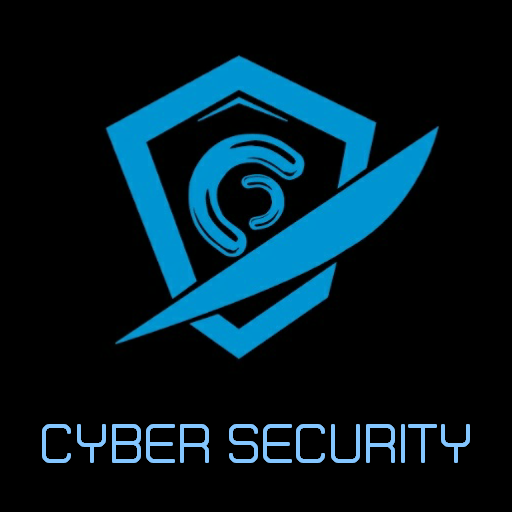The Billion Dollar Hackers the Top 10 Richest Cybercrime Syndicates.
The line between crime and commerce continues to blur, with hacker syndicates transforming from small-time operators into billion-dollar hackers. Stealthy and sophisticated, these organizations have turned cybercrime into a lucrative global industry, deploying talents and tactics that rival those of Fortune 500 companies. This blog post will take you into the shadowy corridors of the cyber underworld, revealing the top 10 richest cybercrime syndicates and exposing their elusive operating methods, recruitment strategies, and the malware that fuels their thriving enterprises.
1. REvil (Sodinokibi)
One of the most infamous ransomware gangs of hackers, REvil gained notoriety for high-profile attacks on companies like JBS and Kaseya. Operating on a Ransomware-as-a-Service model, they allow would-be hackers to rent their malware for a cut of the ransom, bringing in billions in revenue. Their shrewd negotiation tactics and penchant for public shaming of victims have solidified their reputation as one of the top players in the cybercriminal world.
2. Lazarus Group
Tied to North Korea, the Lazarus Group is a state-sponsored hacking organization responsible for some of the most audacious cyberattacks, including the Sony Pictures hack and the WannaCry ransomware attack. Their dual focus on stealing funds to support the regime and corporate espionage has made them a formidable force. Estimates suggest that they have amassed over $1.75 billion through these exploits, primarily through cryptocurrency theft.
3. Magecart
Magecart isn’t just one group but a conglomerate of various cybercriminal outfits specializing in card-skimming attacks on online stores. By injecting malicious JavaScript into e-commerce websites, they collect credit card information from unsuspecting shoppers. It’s estimated that Magecart attacks have siphoned off hundreds of millions, if not billions, from unsuspecting consumers.
4. Conti
Like REvil, Conti operates on a Ransomware-as-a-Service model, offering their ransomware toolkit to affiliates for a significant profit share. Targeting healthcare, education, and government sectors, they employ aggressive tactics, including data theft and DDoS attacks. Their sophisticated encryption methods and parallel attack strategies have made them a leading influence in the cybercriminal ecosystem.
5. DarkSide
DarkSide gained attention for their attack on the Colonial Pipeline, resulting in significant fuel supply disruptions in the U.S. Their method of operation mirrors that of other RaaS groups, but they emphasize ethical considerations in their extortion tactics, which they claim target corporations rather than individuals. Despite being forced to shut down operations in mid-2021, their profits from ransomware are still sky-high.
6. Evil Corp
Known for distributing the Dridex banking Trojan, Evil Corp has raked in billions through various banking and financial fraud schemes. The U.S. Department of Justice has even put a $5 million bounty on the group’s leader. Their ability to adapt and shift focus from one lucrative scheme to another has allowed them to remain a prominent threat in the cybercrime landscape.
7. FIN7
Originally seen as a sophisticated financial crime group, FIN7 has evolved into more than just a hacking operation. With military-grade planning, they have executed sophisticated phishing campaigns to steal credit card information from major retailers. It’s estimated that they have stolen over $1 billion from financial institutions and retailers, making them a major player in the cybercrime sphere.
8. Cobalt Group
Cobalt Group specializes in cyberattacks targeting financial institutions and has refined techniques for infiltrating bank systems and stealing millions. Their organized approach to hacking employs state-of-the-art technology and promotes sophisticated phishing and social engineering tactics, allowing them to remain one step ahead of law enforcement.
9. LockBit
LockBit gained traction for its focus on rapid ransomware attacks that involve little human interaction due to its automation capabilities. Their speedy encrypting process allows them to hold systems and data hostage before organizations even realize they’ve been compromised. With a projected revenue in the hundreds of millions, LockBit shows no signs of slowing down.
10. Alphv (BlackCat)
Alphv is the latest entrant in the ransomware arena, known for its modern coding practices and affinity for cryptocurrency. They adapt quickly to emerging security measures, making them a potent threat. With a significant focus on extorting companies for traditional and cryptocurrency ransoms, they have quickly scaled their operations within just a few years of existence.
The Mechanics of Hackers Syndicates
The staggering wealth of these hacker organizations is not just a result of technical skill but also savvy business acumen. These syndicates operate with military precision, employing strategies that include:
- Ransomware-as-a-Service: Many of these groups offer crime-as-a-service models, allowing affiliates to use their technology and, in exchange, pay them a share of the profits.
- Recruitment and Training: These syndicates often recruit from hacker forums, offering training and tools to new recruits, ensuring a steady flow of fresh talent.
- Sophisticated Malware: The malware they create changes rapidly, making it difficult for traditional security measures to keep track. Investing in proprietary software and ensuring constant innovation are crucial to their survival.
- Collaboration: Many cybercrime syndicates collaborate with one another to combine resources and tools, amplifying their reach and enhancing their payloads.
Conclusion
The unprecedented wealth amassed by the top cybercrime syndicates has elevated hacking from petty theft to a global enterprise that poses risks to businesses, governments, and individuals alike. As these organizations continue to refine their tactics and expand their operational reach, the need for robust cybersecurity solutions grows ever more critical. To combat this burgeoning threat, companies must adopt a proactive approach to cybersecurity, investing in the latest technologies and fostering a culture of awareness. Though the war against cybercriminals is ongoing, understanding their operations is a crucial step towards thwarting their ambitions and protecting the digital landscape.









